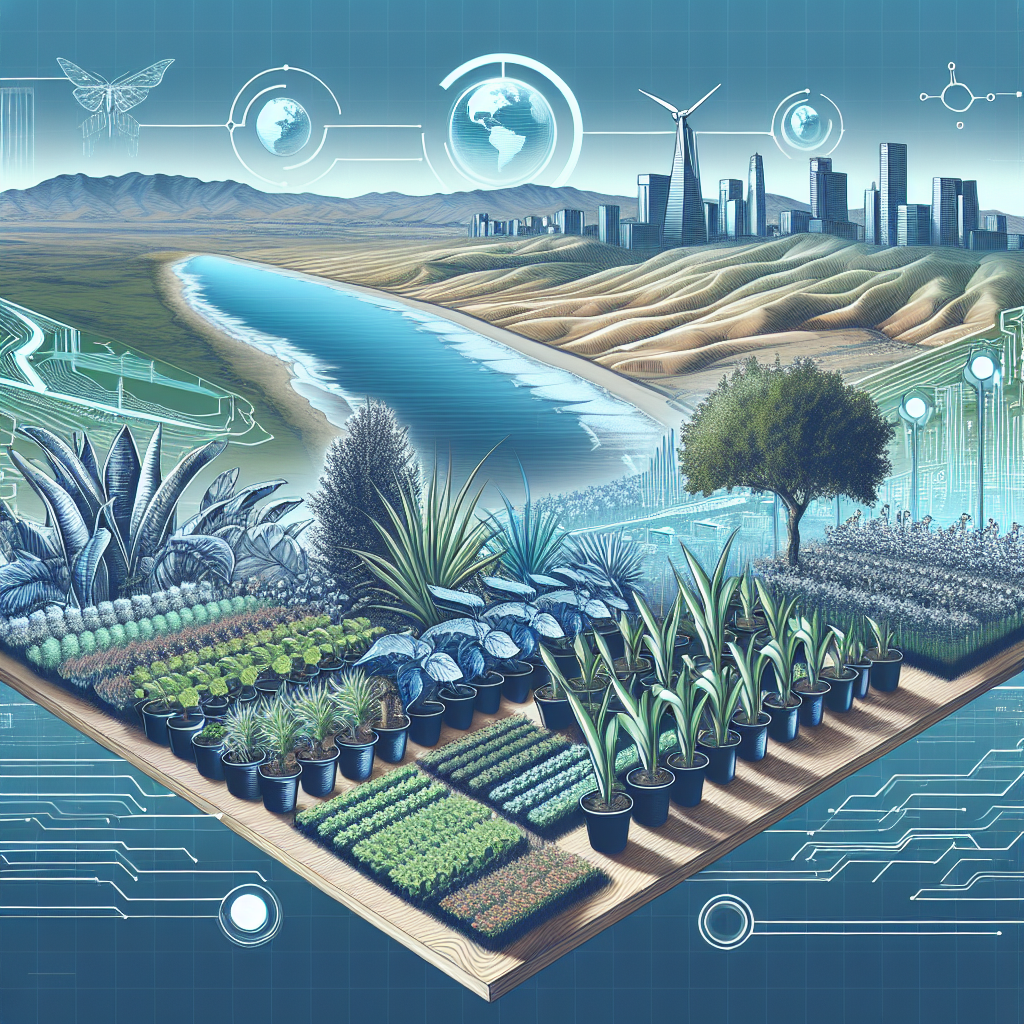Understanding Gardening Zones in California
Gardening zones play a crucial role in determining the success of plant growth and development in California. By understanding the specific climate and environmental conditions of different zones, gardeners can make informed decisions regarding plant selection, care, and maintenance. This article provides a comprehensive guide to gardening zones in California, exploring the diverse climate zones, USDA Plant Hardiness Zones, Sunset Climate Zones, and expert recommendations for optimizing plant growth.
Climate Zones in California
California boasts a wide range of climate zones, each characterized by unique temperature ranges, rainfall patterns, and microclimates. From the cooler coastal regions to the hot and arid inland areas, the state's diverse geography contributes to a rich tapestry of growing conditions for a wide variety of plants.
According to the California Department of Food and Agriculture, the state is divided into 24 distinct climate zones, each with its own set of environmental factors that influence plant growth. Understanding these climate zones is essential for selecting plants that are well-suited to specific growing conditions.
The impact of climate on plant growth cannot be overstated. Different plants have varying temperature and moisture requirements, and selecting species that are compatible with a particular climate zone is key to ensuring their health and vitality.
USDA Plant Hardiness Zones
The United States Department of Agriculture (USDA) Plant Hardiness Zone Map is a valuable tool for gardeners to determine which plants are most likely to thrive in their specific region. The map divides the country into various zones based on average annual minimum winter temperatures.
In California, gardeners can use the USDA Plant Hardiness Zone Map to identify the plant hardiness zone of their location and choose plants that are well-adapted to that particular zone. For example, a plant that thrives in Zone 9, which has milder winters, may not survive in Zone 3, which experiences much colder temperatures.
Case Study: Comparing Plant Suitability in Different USDA Zones within California
A study conducted by the California Horticultural Society compared the growth of tomato plants in USDA Zones 8 and 10 in California. The results showed that while tomatoes flourished in the warmer climate of Zone 10, they struggled to survive in the cooler conditions of Zone 8. This emphasizes the importance of selecting plants based on their suitability to specific USDA zones.
Sunset Climate Zones
In addition to USDA Plant Hardiness Zones, gardeners in California can also benefit from using the Sunset Climate Zones. Developed by Sunset magazine, these climate zones take into account various factors such as temperature, elevation, and proximity to the coast to provide a more detailed understanding of local climates.
Sunset Climate Zones are more specific and nuanced than USDA zones, offering gardeners a valuable tool for selecting plants that are well-matched to their specific growing conditions. By considering both USDA and Sunset Climate Zones, gardeners can make more informed choices when planning their gardens.
Expert Insight: 'Sunset Climate Zones are more specific and provide a more detailed understanding of local climates.' - California Gardening Association
Gardening Tips for Different Zones
To optimize plant growth and health in California, it is essential to tailor gardening practices to specific climate zones. Whether you are gardening in the cool, foggy conditions of the coastal regions or the hot, arid climates of the inland valleys, here are some tips to help you succeed:
Plant Selection: Choose plants that are well-suited to your specific climate zone. Consider factors such as temperature tolerance, water requirements, and soil preferences.
Watering: Adjust your watering schedule based on the climate conditions in your zone. Plants in hot, dry climates may require more frequent watering than those in cooler, more humid areas.
Mulching: Mulch your garden beds to retain moisture and regulate soil temperature. This is particularly important in arid zones where water conservation is essential.
Case Study: Successful Gardening Practices in Different Zones in California
A survey conducted by the California Horticultural Society highlighted the success of gardeners who tailored their plant selection and care practices to their specific climate zones. By implementing zone-appropriate gardening techniques, these gardeners were able to achieve healthy, vibrant gardens that thrived in their respective environments.
Importance of Understanding Gardening Zones
Matching plants to the right gardening zone is crucial for successful gardening in California. By taking into account the unique climate conditions of each zone, gardeners can create sustainable and thriving landscapes that are resilient to environmental challenges.
Expert Insight: 'Matching plants to the right zone is crucial for successful gardening in California.' - California Horticultural Society
Understanding gardening zones not only enhances plant performance but also contributes to water conservation, soil health, and overall garden sustainability. By working with rather than against the natural conditions of each zone, gardeners can minimize the need for excessive inputs such as water, fertilizers, and pesticides.
Conclusion
In conclusion, gardening zones play a vital role in shaping the success of plant growth and development in California. By gaining a deeper understanding of climate zones, USDA Plant Hardiness Zones, Sunset Climate Zones, and implementing zone-specific gardening practices, gardeners can optimize plant performance and create thriving landscapes.
It is essential for gardeners in California to recognize the significance of matching plants to the right zone and to leverage the valuable resources available to enhance their gardening knowledge and skills.
Call to Action
To further explore the world of gardening zones in California, we encourage you to engage with gardening forums, local horticultural societies, and online resources that provide detailed information on plant suitability, care practices, and gardening tips tailored to specific zones. By joining the conversation and sharing insights with fellow gardeners, you can deepen your understanding of gardening zones and contribute to a vibrant and informed gardening community.
Topics




